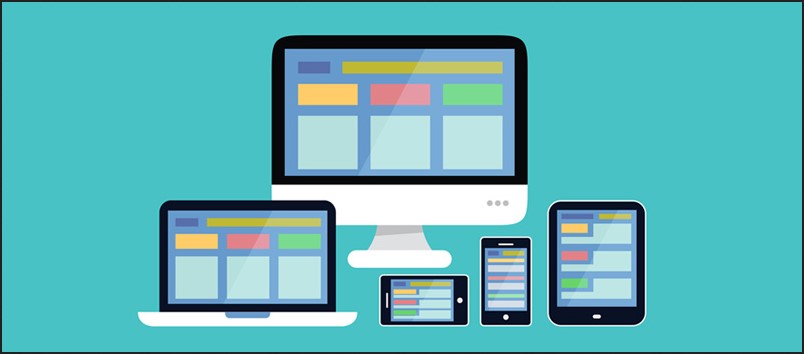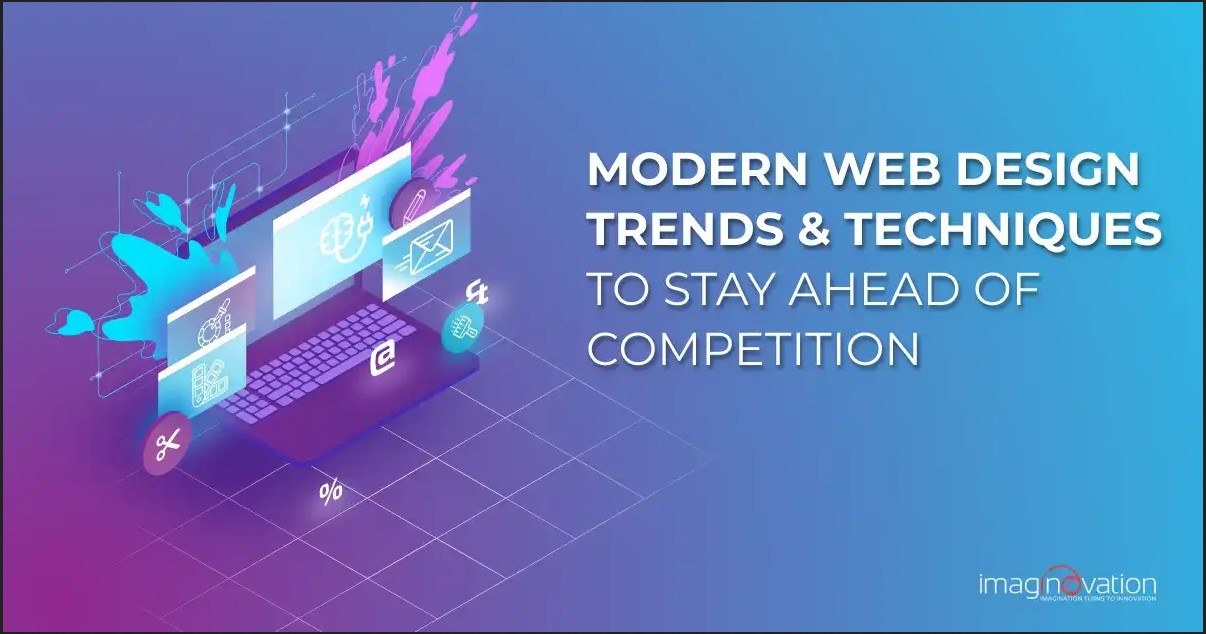
Responsive web design is a method of optimizing websites for all devices, from desktop computers to mobile phones. It is a way of creating websites that are flexible and adaptable to any device, regardless of size or orientation. Responsive web design ensures that users have a consistent experience across all devices, allowing them to access the same content and features regardless of the device they are using. Responsive web design also helps to improve the user experience by making it easier to navigate and interact with websites on any device. By optimizing websites for all devices, businesses can ensure that their customers have a positive experience when visiting their website, no matter what device they are using.
How to Use Responsive Web Design to Create a Seamless User Experience Across All Devices
Responsive web design (RWD) is an approach to web design that enables websites to provide an optimal viewing experience across a wide range of devices, from desktop computers to mobile phones. By using RWD, web designers can create a seamless user experience across all devices, ensuring that visitors to a website have a consistent experience regardless of the device they are using.
The key to creating a seamless user experience with RWD is to ensure that the website is designed to be flexible and adaptable. This means that the website should be able to adjust its layout and content to fit the size and shape of the device being used. This is achieved by using a combination of HTML, CSS, and JavaScript to create a website that can respond to the size of the device being used.
When designing a website with RWD, it is important to consider the user experience on all devices. This means that the website should be designed to be easy to navigate and use on all devices. This includes ensuring that the navigation is easy to use on mobile devices, that the content is easy to read on smaller screens, and that the website is optimized for speed on all devices.
In addition to designing the website for all devices, it is also important to ensure that the website is optimized for search engine optimization (SEO). This means that the website should be designed to be easily indexed by search engines, so that it can be found by potential customers. This includes ensuring that the website is optimized for keywords, that the content is optimized for search engine algorithms, and that the website is optimized for mobile devices.
By using RWD to create a seamless user experience across all devices, web designers can ensure that their website is accessible to all users, regardless of the device they are using. This will help to ensure that visitors to the website have a consistent experience, and that the website is optimized for search engine optimization.
Understanding the Benefits of Responsive Web Design for SEO and User Engagement
Responsive web design (RWD) is an increasingly popular approach to website design that enables websites to be optimized for multiple devices and screen sizes. This approach has become increasingly important for businesses as more and more users access the web from mobile devices. RWD offers a number of benefits for both SEO and user engagement, making it an essential part of any website design strategy.
From an SEO perspective, RWD is beneficial because it allows websites to be indexed and ranked more effectively by search engines. Responsive websites are easier for search engine crawlers to navigate, as they are designed to adjust to different screen sizes and devices. This makes it easier for search engines to index and rank the website, resulting in improved visibility and higher rankings. Additionally, responsive websites are more likely to be shared on social media, as they are optimized for mobile devices and can be easily viewed on any device.
From a user engagement perspective, RWD is beneficial because it provides a better user experience. Responsive websites are designed to adjust to different screen sizes and devices, making them easier to navigate and use. This makes it easier for users to find the information they are looking for, resulting in improved engagement and higher conversion rates. Additionally, responsive websites are more likely to be shared on social media, as they are optimized for mobile devices and can be easily viewed on any device.
Overall, responsive web design offers a number of benefits for both SEO and user engagement. By optimizing websites for multiple devices and screen sizes, businesses can improve their visibility in search engine rankings and increase user engagement. As such, RWD should be an essential part of any website design strategy.
Conclusion
Responsive Web Design is an essential tool for optimizing websites for all devices. It allows websites to be easily viewed and navigated on any device, regardless of size or type. By using Responsive Web Design, businesses can ensure that their websites are accessible to all users, regardless of the device they are using. This helps to create a better user experience and can lead to increased customer satisfaction and loyalty.

